Dolby Atmos 5.1.2 vs 7.1: Which is Best
For entry-level home theaters, AV receivers generally have at least 7 channels. And the new ones support Dolby Atmos. Many people have questions about whether to choose 7.1 channels or Dolby Atmos 5.1.2, which has been popular in recent years.
If conditions permit, please give priority to 7.1.
5.1 vs. 5.1.2 vs. 7.1
Many people do not know what the 5.1 channel, 5.1.2 channel, 7.1 channel, 7.2.4 channel, etc. mean when choosing speakers. These refer to the expression of the number of channels of the sound output by the music system. The first number is the sum of left and right channels, surround channels, and a center channel. The second number is the number of bass channels (that is, the number of subwoofers) The third number is ceiling speakers (ordinary households or users do not use this Channel).
5.1 channel
5 refers to the center channel, front left, and right channels, and left and right surround channels. 1 refers to the subwoofer channel.
5.1.2 Channel
Based on 5.1 channels, two ceiling speaker channels are added to provide vertical overhead sound.
7.1 channel
Based on 5.1 channels, there are two more surround channels: left surround back, right surround back.
The home theater is a surround sound system, and the sound should be coherent. Sounds from all directions create an immersive realism. It makes people feel like they are in the scene of the film.
The picture above is a 7.1-channel home theater speaker setup, and the image below is a 5.1-channel home theater speaker setup. As you can see, the 5.1 channel is incomplete, and almost half of the rear background sound field is lost.
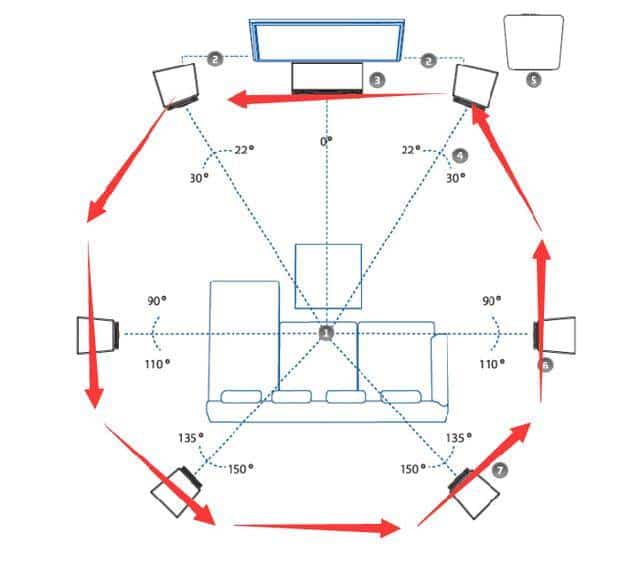
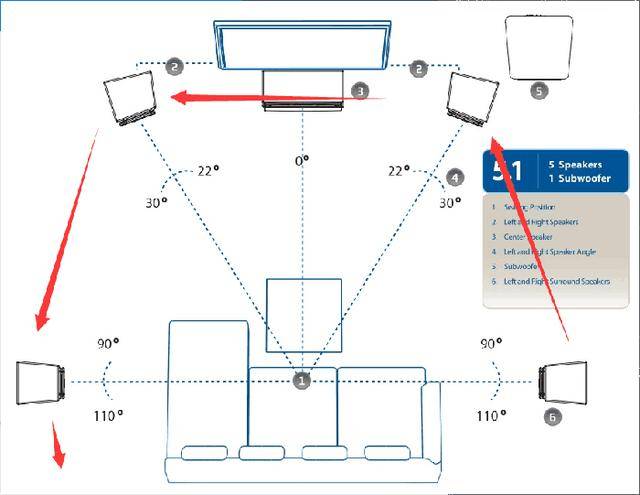
Some would say that 5.1 Atmost only lost half of the less critical back sound field. But the lack of sky channel is a loss of a vertical dimension. This statement is true, but it ignores a practical problem. We are discussing how the entry-level home theater can be arranged to obtain a higher cost-benefit ratio.
Generally speaking, the scenes shown in the film are infinitely close to the real world. The horizontal 360-degree sound signal will be far richer than the overhead. That is to say, the horizontal surround speakers will have more work than the overhead speakers, so it should be given priority. It is more meaningful to raise the third dimension if it is a high-end theater.
For example, in a highway driving scene, there is a car horn behind. If it is a 5.1 channel, then you can only hear the left and right speakers. That violates the director’s intention; that is, the movie you hear is’distorted.
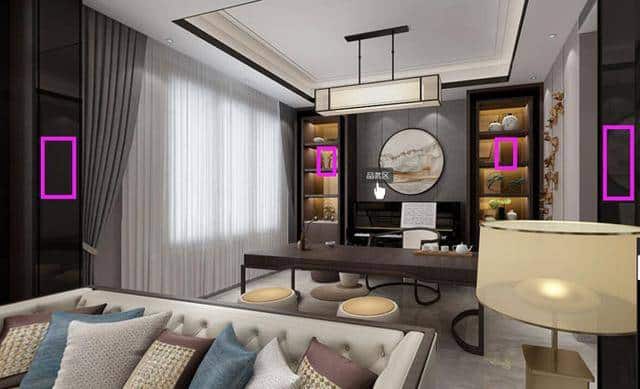
How to install a 7.1 channel
Let’s take an example, which is qualified to install the 7.1 channel.
As I said earlier, it is only necessary to install a 7.1 if conditions permit. If the sofa is against the wall, the surround back speaker cannot be installed or is not suitable for installation.
How to install 5.1.2 channel if your sofa happens to be against the wall and you cannot install additional sound channels on the back, you can only choose 5.1.2.
There are two options here. One is to use reflective Dolby Atmos speakers. The other is to install ceiling speakers on the roof.
The advantage of the first solution is that the operation is effortless and can be used when bought and powered on, without additional wiring. Of course, the disadvantages are obvious. That is, the sound effect is weak, and it can only provide a sense of surrounding at the top, and cannot provide accurate three-dimensional sound image localization.
If you install reflective speakers, the ideal ceiling height should be between 2.3-3.6 meters. The highest should not exceed 4.2 meters. The ceiling should be flat, smooth, and hard reflecting surface.
When installing, you can put the reflective speaker on the front main tower speaker. Or buy a floor-standing speaker with its reflection speakers. It is recommended that the reflective speakers be slightly higher than the ears, but do not exceed half the room’s total height.
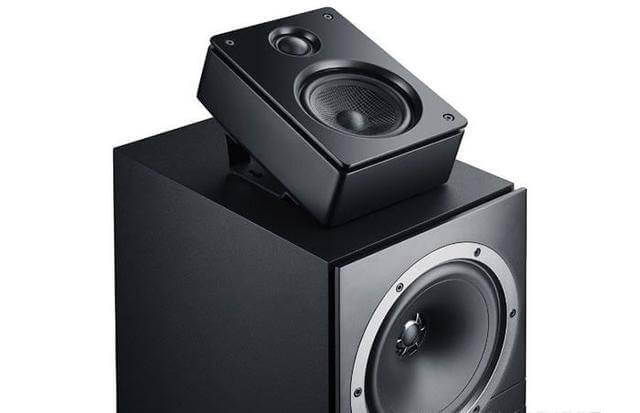
The advantages and disadvantages of the second scheme are just the opposite of the first.
According to the placement recommended by Dolby’s official website, the position of 5.1.2 Dolby Atmos overhead speakers is recommended to be aligned with the front speakers in the left and right directions, and the front and rear directions are between 65-100° from the horizontal.
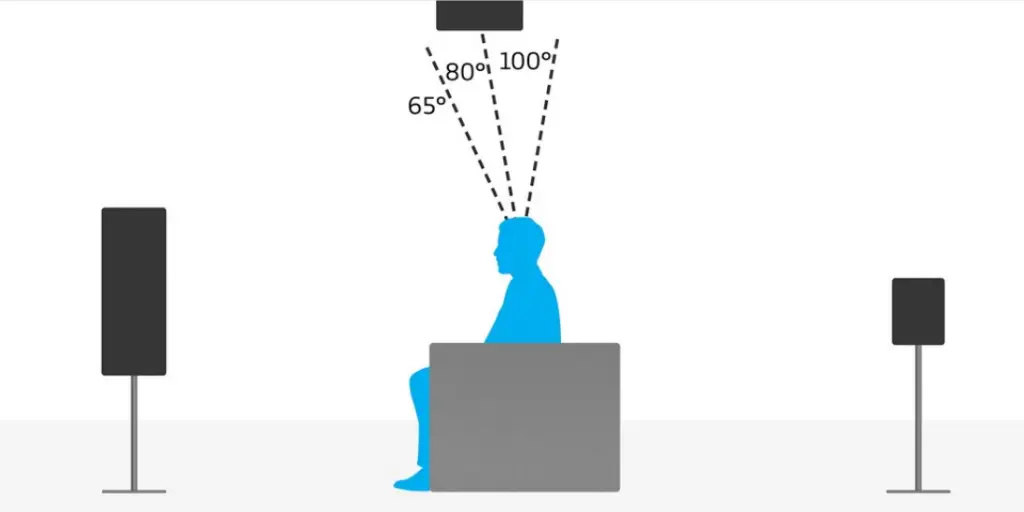
Conclusion
First of all, it is recommended to choose 7.1, the return on investment ratio is higher. If you choose 5.1.2, try not to use reflection. If you use ceiling speakers, don’t use cheap speakers. Try to use high-quality 8-inch bass coaxial speakers to express the sky sound signal and genuinely appreciate the charm of the three-dimensional Dolby Atmos sound effect.
